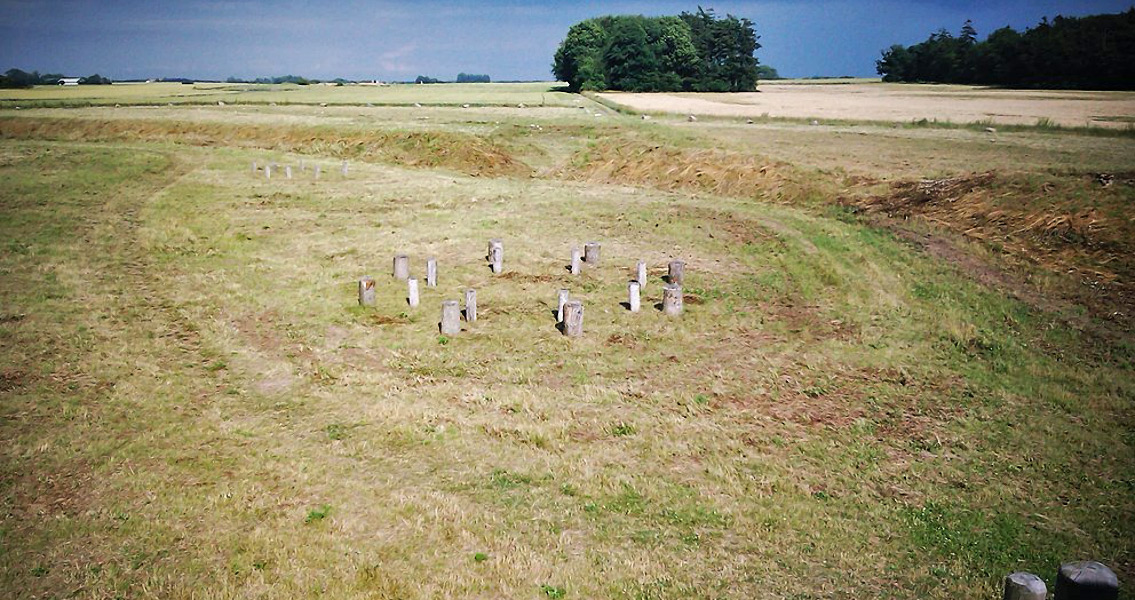<![CDATA[A new series of artifacts have been recovered from Vasagard, the remains of what is thought to have been a sun temple located on the Danish island of Bornholm. The relics, which have been dated to around 5,500 years old, were discovered by a team of Polish researchers from the University of Warsaw’s Institute of Archaeology in collaboration with the Bornholm Museum. The long-standing agreement between the two academic institutions has Polish archaeology students spending time every year at the dig site, usually accompanied by students from a local university; this year, students from the University of Copenhagen joined forces with the University of Warsaw students in order to hone their excavation skills. Archaeologists have been trying to unlock the puzzle of Vasagard for years. The rocky island that it inhabits in the Baltic Sea is vastly different to the rest of Denmark, which is characterized by rolling hills while the tiny island is now known most widely for its fishing economy. At one time in the distant past Bornholm was also an island fortress. Vasagard, which was once surrounded by palisades, was a complex that featured entrances that lined up with the position of the sun during events such as the solstice and the equinox; for this reason the entire site is thought to have been a temple dedicated to the worship of the sun. This is supported by the fact that Bornholm only receives around 4 hours of darkness during the summer months. This excavation season resulted in the discovery of a series of ditches that archaeologists think were used as temporary burial mounts for deceased to decompose. Eventually, when the flesh had been stripped from their bones, these individuals would be disinterred and their remains transferred to a permanent burial chamber. According to Janusz Janowski, the head archaeologist for the University of Warsaw’s student expedition, there were a large number of artifacts found left behind in these temporary burial mounds. In an interview with Science and Scholarship in Poland, the researcher indicated that among the animal bones and large amounts of pottery were several damaged stone discs that were carved with the image of the sun and its rays on one side. The function of these sun discs has yet to be fully explained, Janowski added. Similar to artifacts that have been discovered at other nearby sun temples such as Rispebjerg, these stone discs showed signs of being burnt and were quite often broken – likely deliberately – leading researchers to suggest that they might have been part of a funerary rite. There have been other sites on the island of Bornholm that have been investigated by students from the University of Warsaw. The largest medieval fortification in Scandinavia, the castle known as Hammershus built in the thirteenth century, has also been the subject of study by the Polish university’s archaeologists. Image courtesy of Wikimedia Commons user: Ole Andersen ]]>
New Relics Discovered in Remains of Danish Sun Temple
